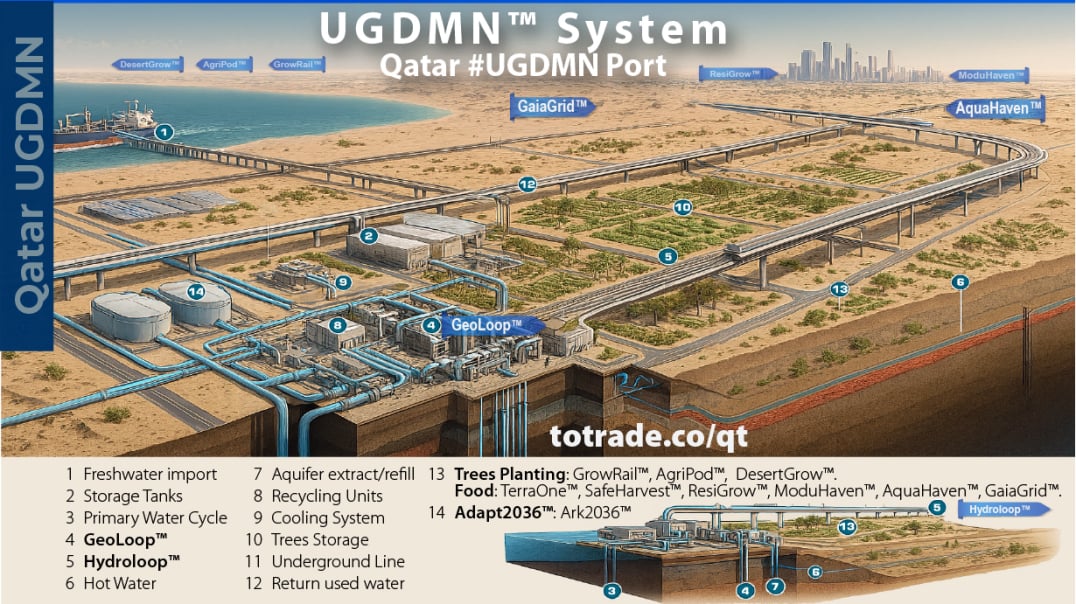Drought Impact
Droughts are causing widespread devastation, crippling economies, and threatening livelihoods across the globe. The severe lack of water disrupts agriculture, increases desertification, leads to the loss of forests, reduces business productivity, leading to conflict, and causes significant financial losses, particularly in regions already vulnerable to climate extremes. The tourism industry also suffers, as parched landscapes and water shortages deter visitors. Addressing the challenges posed by drought requires a comprehensive approach, such as the #UGDMN (Ultimate Global Disaster Mitigation Nexus), which includes enhanced infrastructure, proactive disaster preparedness, and sustainable development practices to mitigate the impacts of drought and build resilience in affected communities.








